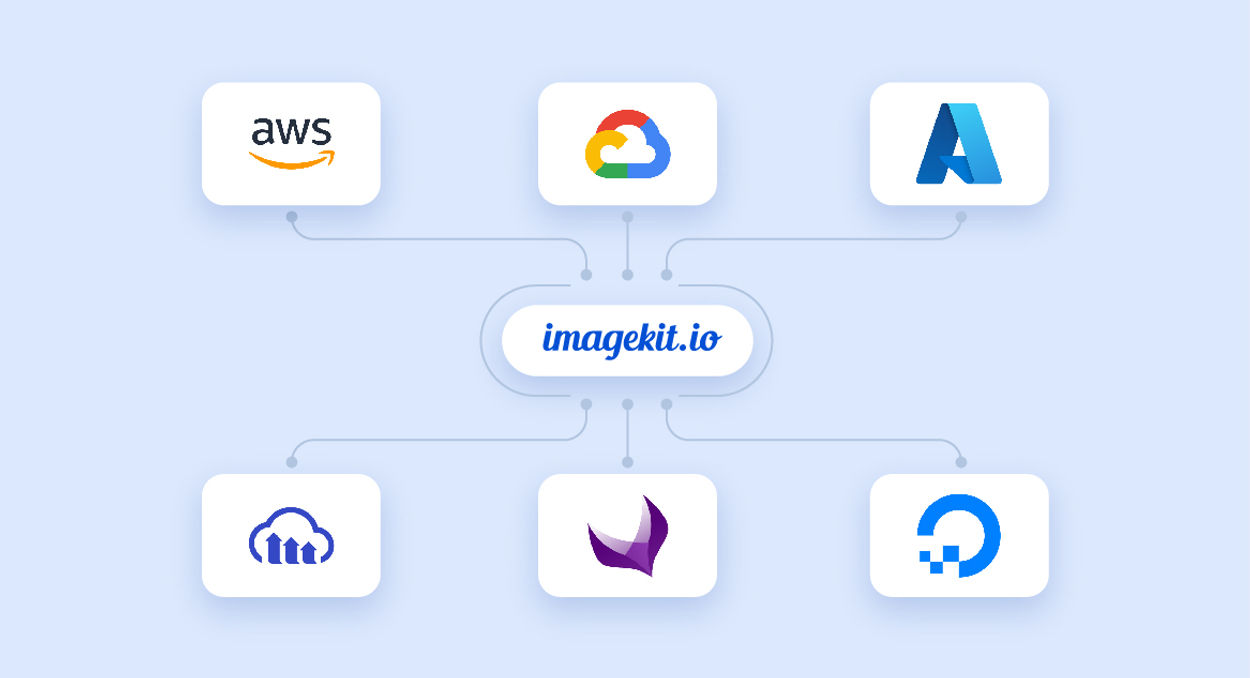Video API
A Video API allows developers to add short-form and long videos to web apps, offering upload, storage, URL-based video manipulation, encoding, adaptive bitrate streaming, and optimized CDN delivery.
Video API that replaces multiple tools and simplifies architecture
Stream: Attach your current video storage or upload the video to our DAM and stream it right away.
Transform in real-time: Transform and optimize videos by directly changing the URL.
Scale: Different devices, different platforms. We ensure a smooth, buffer-free streaming experience for all your viewers every time.
Transform and personalize at scale

Optimize and stream videos



Add videos to your product in minutes
Don't spend time migrating your media files. ImageKit's Video API works with your existing storage. Alternatively, upload your videos in ImageKit's DAM.
Plan your integration
Plan your integration
Connect existing storage
ImageKit seamlessly integrates with all popular cloud storage and HTTP servers.
Whether you store assets across different locations or you plan to migrate to a new cloud platform, ImageKit guarantees real-time optimized delivery, transformations, and streaming for your videos.
Whether you store assets across different locations or you plan to migrate to a new cloud platform, ImageKit guarantees real-time optimized delivery, transformations, and streaming for your videos.

Or, upload in DAM
Diverse workflows for handling media assets often slow down collaboration and time-to-market.
With ImageKit's upload APIs, every digital asset, regardless of its source or destination, finds its home in ImageKit's DAM—a unified asset repository that simplifies your business processes across teams and apps.
With ImageKit's upload APIs, every digital asset, regardless of its source or destination, finds its home in ImageKit's DAM—a unified asset repository that simplifies your business processes across teams and apps.

Customer stories
Discover how leading brands use ImageKit's Video API.
Developer-first SDKs & plugins
Built with DevEx at our core—clear APIs, rock-solid SDKs, crystal-clean docs, and dev-to-dev support, so you can ship faster with confidence.


